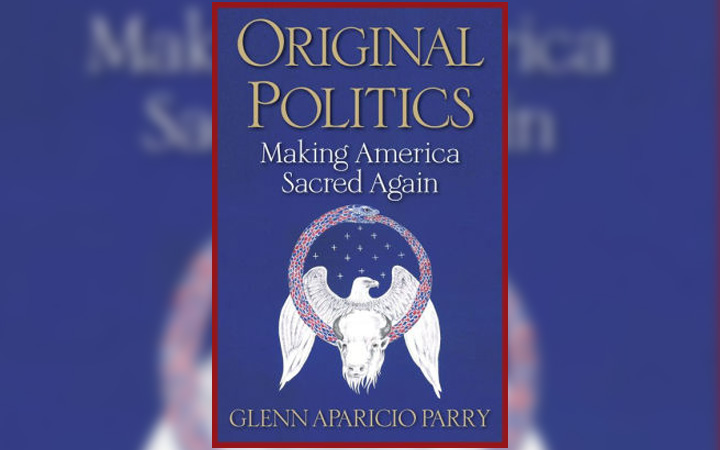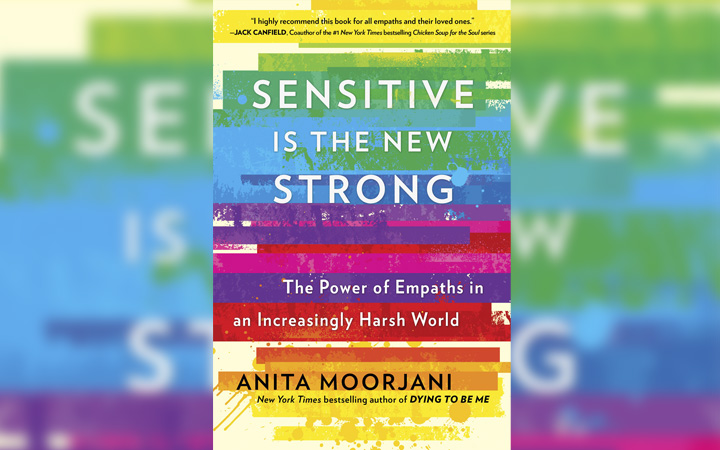The Pale Blue Dot by Terry Lee Nichols

Album Review by Dyan Garris
An impressive, expressive, epic album, “The Pale Blue Dot” by Terry Lee Nichols is profoundly unforgettable. It will remain in your heart and deep in your soul long after the music stops. – Dyan Garris
I’m not even sure I have the words effective enough to describe this highly creative, and unforgettable album. We can start with this: Not long ago I attended an interactive presentation on the universe at the planetarium. The presentation had music and visuals. It was great. Worth attending. But THIS is the music that should have been there.
The album is 11 tracks of breathtaking beauty and profound meaning. I had the pleasure of reviewing one of Terry’s previous albums, “We Have Only Come to Dream,” that he did with Rebekah Eden. I remember that music being epic. Yes, I think I described it as such. There we had some hints of what this artist was capable of. But this album, “The Pale Blue Dot,” is beyond epic if you can imagine such a thing. Wide, cinematic, expansive, expressive, deeply touching, this is the story of “us” from the very beginning of the creation of our universe up through today. We ARE the “pale blue dot.” The album opens with “In the Beginning (Quantum Fluctuations).” This is a 4-minute, wide, expansive, cinematic, and utterly gorgeous start to the journey. It’s like being on a space odyssey. It IS “the beginning.” Just beautiful. Following is “Cosmic Dark Ages.” Here, Terry has perfectly conveyed with soundscape, the period known as the cosmic dark ages, that existed when no bright stars or galaxies had yet formed but particles that were formed in the Big Bang did exist. We can really feel that whole entire process in this song. Brilliant.
We know what comes next. Stars, of course. The end of the cosmic dark ages concluded with the first stars being formed to light up the cosmos. The quite fascinating “First Stars” is scored for 6 pianos, orchestra and Latin percussion. And there’s even a big bang in it!
“Stardust (Clouds of Dust and Gas)” features marvelous piano work, wonderful string arrangements, and the incomparable Rebekah Eden on vocals. I don’t know how she does it, but the vocals seem to be coming from a whole other world. Truly amazing. This one will give you shivers. Apparently, it’s been determined that asteroids from billions of years ago may have carried with them up to half the water we find in Earth’s oceans these days. Who knew? The song, “Asteroids” conveys this nicely with an exciting pace, gentle ocean sounds, and impeccable, scintillating piano. “The Cambrian Explosion” was an evolutionary event millions of years ago where Earth’s simple ecosystem disappeared, giving way to a more sophisticated one. Again, I love the piano here, which is dreamy and combined with nature sounds, plus flute, heavenly harp sounds, and amazingly beautiful string arrangements.
How perfect to incorporate the haunting, ethereal vocals of Rebekah Eden on the song, “East of Eden.” Here Terry skillfully provides a musical narrative on human nature and the eternal tug of war between good and evil. This song is based upon two stories: The biblical story of Cain and Abel, from Genesis 4:1-18, and “East of Eden” by John Steinbeck. This song is a MUST have. From the absolutely gorgeous, perfectly executed piano and emotion-stirring string arrangements to those otherworldly vocals by Rebekah that you will never forget, this song is stunningly beautiful in every aspect. Yes, a MUST have. Reminiscent of a super sweet lullaby, “Child’s Play” brings out the joy and lighter sides of life. Lighthearted and uplifting. The very brief “Global Warming” has a somber feel, but not morose. Great piano here, as well as other arrangements, along with perfect build, give us a feeling of increasing “temperatures.” Very effectively presented.
How well we know that when a moment is gone, it’s gone, and we are left with memories. “Memories of Love” is dedicated to some special people in Terry’s life who provided him with those unforgettable moments of love that intricately weave together into the fabric of what we call life. This is gentle, contemplative, evocative, and a definite favorite. Sweet piano, strings, and more, this is memorable just like our own individual remembrances.
This impressive album reaches its stunning conclusion with the completely extraordinary “The Pale Blue Dot (Train to Dachau Redux).” This is 6:48 minutes of something so moving and soul-stirring that I’m finding it very hard to describe. I’ll do my best. (Be sure to visit Terry’s website and read the whole story he has there that accompanies not just this song, but all the music: https://www.terryleenichols.com). This track appeared on Terry’s first CD, “At Peace Beneath the Shade of My Father’s Tree,” under the title of “Train to Dachau.” Terry said, “The initial thematic material came to me while touring the infamous Dachau Concentration Camp Memorial Site,” and imagining what each prisoner felt in their last moments here. Here, Terry incorporates Carl Sagan’s “The Pale Blue Dot” speech, as well as “Greetings From Planet Earth” from the Voyager Golden Record (NASA), superimposed over the music, which adds totally new perspectives on everything earthly and on up to the whole universe and beyond. It’s incredible.
Getting this whole album is a MUST. You will find yourself completely immersed in it and fascinated by it.
Official Artist Website: https://www.TerryLeeNichols.com
Credits:
Original music composed and produced by Terry Lee Nichols.
All piano performances are by Terry Lee Nichols.
Vocal performances in “Stardust” and “East of Eden” are by Rebekah Eden.
“The Pale Blue Dot” authored and recited by Dr. Carl Sagan.
“Greetings from planet Earth” from the Voyager Golden Record – NASA Excerpts from Piano Concerto No. 23, K. 488: II. Adagio by Wolfgang Amadeus
Mozart appear in the opening and middle sections of “Asteroids.”
The end of Piano Sonata No. 14 in C♯minor “Quasi una fantasia (Moonlight Sonata),” Op. 27, No. 2 by Ludwig van Beethoven appears at the conclusion of “Asteroids.”






